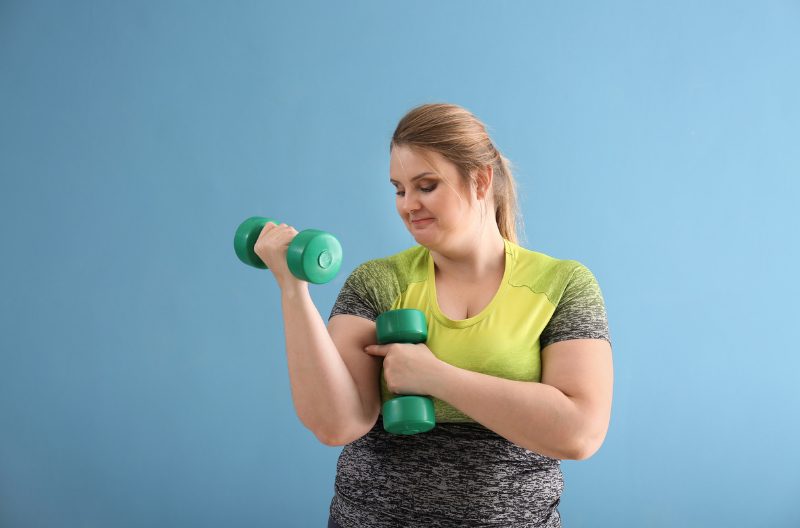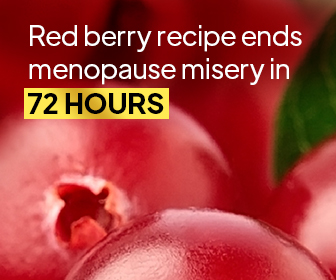Have you ever experienced body shaming? Whether it’s cruel comments from strangers or negative self-talk, fat shaming can be extremely painful and long-lasting. When it happens to you, you may not know how to cope or where to turn. It may feel as though there’s nothing that you can about this issue, but there is.
Finally, the tides are changing and people are starting to take notice of the problem. Aside from more and more people speaking out about this issue, there’s even a brand new workout that rejects body shaming. Within this article, we’re going to take a closer look at the cultural problem, how we can tackle it, and how you can start this workout.
Body Shaming Definition: What is Fat Shaming?
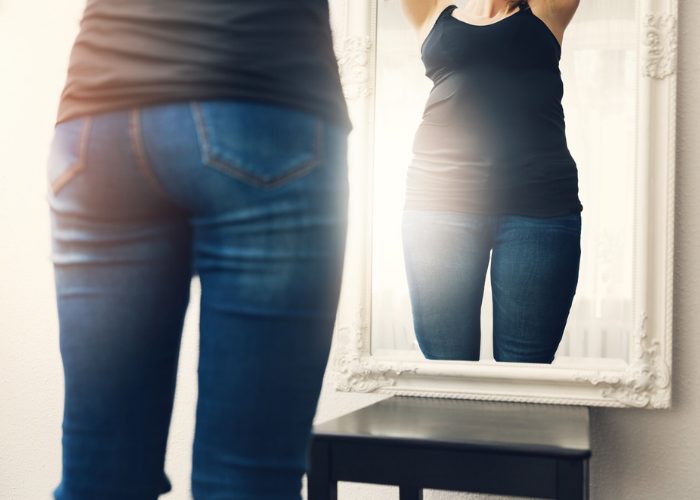
Let’s start with the basics: what is fat shaming? Here’s a quick body shaming definition that you can keep in mind. The Oxford English Dictionary defines this phenomenon as the “action or practice of humiliating someone by making mocking or critical comments about their body shape or size.”
However, this is a multifaceted problem, which involves reinforcing negative stereotypes—like laziness, incompetence, and unattractiveness—about people with fuller body shapes. The problem with all of the above is that not only are these stereotypes untrue, but they are also mentally harmful to the individual you apply them to.
Did you know that the vast majority of teen girls experience some form of body shaming?[1]
Body Shaming Statistics

What’s more, the problem is a growing one. Body shaming statistics show that a massive 94% of teenage girls experience some form of fat shaming.[2] Plus, this type of bullying doesn’t stop when we reach adulthood. Seemingly innocuous comments from people at work, friends, and family can have a direct impact on how we feel about our shape and size.
Types of Body Shaming Comments

There are many ways in which body shaming can manifest. Whether it’s a person using negative talk on themselves or speaking about another person in a derogatory manner, it can be seriously dangerous to the person’s self-esteem. Learning to recognize these comments is half the battle. Here are some types of which you should be aware:
- Self-shaming comments e.g. “I’m so much fatter than she is!”
- Criticism of a person’s body type e.g. “You have a massive stomach.”
- Talking about another person e.g. “Urgh! She needs to lose a few pounds.”
The chances are that you have experienced a form of the above — most of us have. Body shaming is rife in our modern culture, which means that it’s a problem we all need to tackle. Now that you understand the above body shaming definition, it’s time to talk about why it matters and what we can do to change the conversation.
Why Is Everyone Talking About Being More Body Positive?
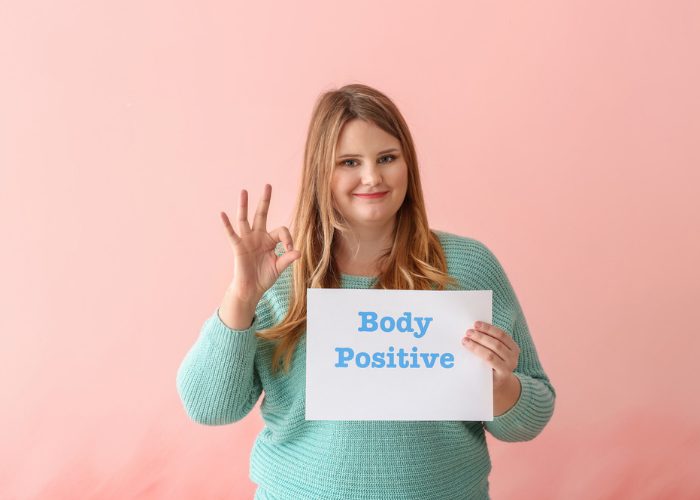
You’ve probably heard the hype surrounding body positivity lately, and there’s a good reason for it. The media and celebrities alike have recently begun to talk about this frightfully important issue and bring it to the public’s attention.
For instance, actress Jameela Jamil was body shamed by a man in the gym last year. After this happened, rather than keeping quiet about the issue, she decided to speak out and make a video retort to the man in question.[3] The result was a powerful viral video that spoke to all our fears when it comes to both body and fat shaming.
Fun Fact: Many celebrities including Jameela Jamil have spoken out about the negative consequences of body shaming.
It doesn’t stop there. Aside from the undeniably damaging mental and social impacts of body shaming, we also need to consider the health implications here. Research from Perelman School of Medicine at the University of Pennsylvania found that self-stigmatizing (i.e. body shaming yourself) leads to higher levels of cardiometabolic risk, which could lead to heart disease and other issues, such as diabetes.[4]
The greatest tool with which we can tackle body shaming is the polar opposite — body positivity. The #BoPo movement preaches acceptance of your own form and self-love. It’s a rather beautiful notion and one that we should all get behind. Let’s take a moment to look at some of the ways in which you can enact this in your own life.
Examples of Body Positive Talk
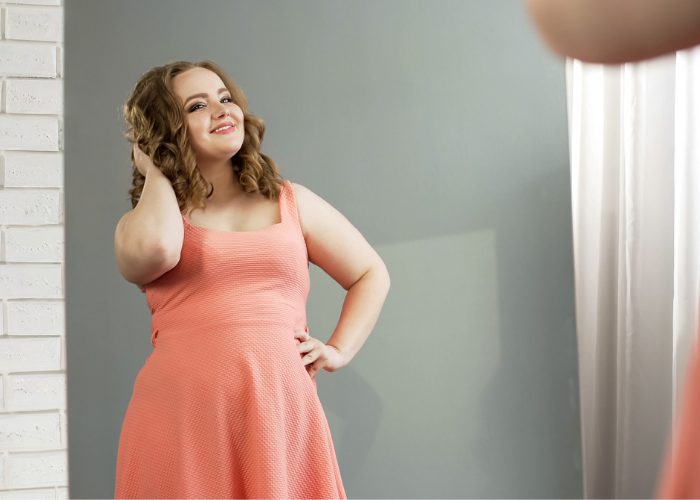
The words you say have great power and you must use them wisely. In the same way that body shaming can have a negative impact on a person’s health and wellbeing, body positivity can have a positive impact. Here are some examples of positive comments.
- Acknowledging your attractiveness e.g. “I have beautifully long legs!”
- Complimenting a friend or loved one e.g “You are glowing today”
- Accepting (and loving) your body e.g. “My body is so strong and hard-working!”
When we redefine the way in which we see our bodies and try to take a more positive approach to them, it can have some wondrous results. However, it’s not just about what we say and how we think. We should also consider what we do with our bodies.
What is the No BS Active Workout Plan & How Do You Do it?
One of the greatest problems when it comes to body shaming
— as Jameela Jamil pointed out in her viral video
— is that it can prevent people from exercising. We all have our own reasons for wanting to workout and increase our fitness levels. However, should you feel as though you may get judged when you do so, you may find that you avoid hitting the gym altogether. Luckily, there’s a new routine that says “no” to body shaming.
The NoBSdance
If you’re a fan of “My Big Fat Fabulous Life”, you will recognize the figurehead of this workout, Whitney Way. Perhaps one of the best-known plus size women of our time, the reality TV celebrity is a champion of the body positivity movement.
It should come as no surprise that she is at the forefront of a new dance workout style, called “NoBSdance,” that strives to put an end to body shaming for good. It is in fact the second time Way has launched an anti-body shaming workout program. She previously ran one called the “No BS Active” workout, but it has since shut down without explanation.
So what exactly is the NoBSdance workout? The homepage declares that: “NoBSdance is a fun way to get exercise, learn choreography, and feel more confident in your body.[5]
What does NoBSdance include?
NoBSdance includes a 30-minute dance tutorial and other live sessions every week. Anyone with Facebook will be granted access to a private Facebook group to see the videos. Those without will have the videos emailed to them. That means you will have everything you need to get started in the comfort of your home.
How do you sign up?
Signing up to NoBSdance is relatively easy and won’t take you much time at all. You simply have to click the signup link on the main page of the site.[6] The workout routine subscription costs $20 per month and you can cancel this at any time. That means that you can try the routines out and, if they don’t work for you, simply cancel the plan.
How Does This Workout Encourage Women to Be More Body Positive?
Unlike many fitness programs, the emphasis here is not on weight loss or slimming down. There is no body shaming here. Instead, it is about self-acceptance and self-love — two extremely important pillars of the body positivity movement. With Whitney at the helm, the workout encourages women to be more positive about the skin they’re in!
When you first start looking into this dance workout, there’s one thing that you will notice. Rather than simply focusing on exercise and activity, this is a plan that also looks at how you can empower and motivate yourself. It is basically the opposite of what body shaming is all about. It’s a step toward embracing yourself.
For instance, if you take a look at Way’s Instagram page, you will see a whole wealth of posts encouraging women to love their bodies. For instance, one post describes the “pure joy, sass, shirtless-ness, and splits” of a recent NoBSDance event.[7] The solid advice includes stopping negative talk, trying something new, and forgiving yourself, among other things. The entire program has this ethos and is centered around working out for happiness and confidence.
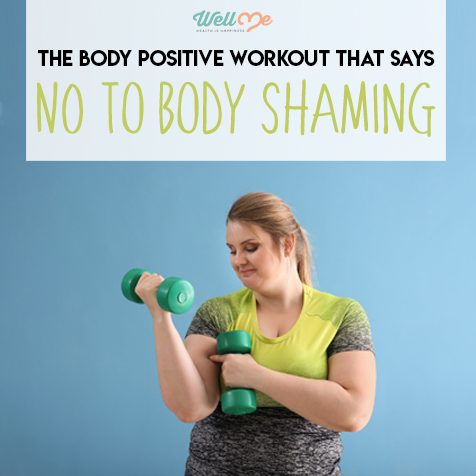
Conclusion
Now that you know about the workout that is putting a much-needed end to body shaming, the ball is in your court. Learning more about the body positivity movement and how you can adapt your mindset to be happier can only be a step in the right direction. Whether you decide to give the No BS Active plan a whirl or not, there’s one thing that you should take away from this guide. Body positivity is not merely an online movement; it’s a lifestyle.
References
- [1] http://www.bullyingstatistics.org/content/fat-shaming-and-body-shaming.html
- [2] http://www.bullyingstatistics.org/content/fat-shaming-and-body-shaming.html
- [3] https://twitter.com/jameelajamil/status/1039702606187180034
- [4] https://onlinelibrary.wiley.com/doi/full/10.1002/oby.21716
- [5] https://www.nobsdance.com/home
- [6] https://www.nobsdance.com/home
- [7] https://www.instagram.com/p/B4vwJBlAhyv/

